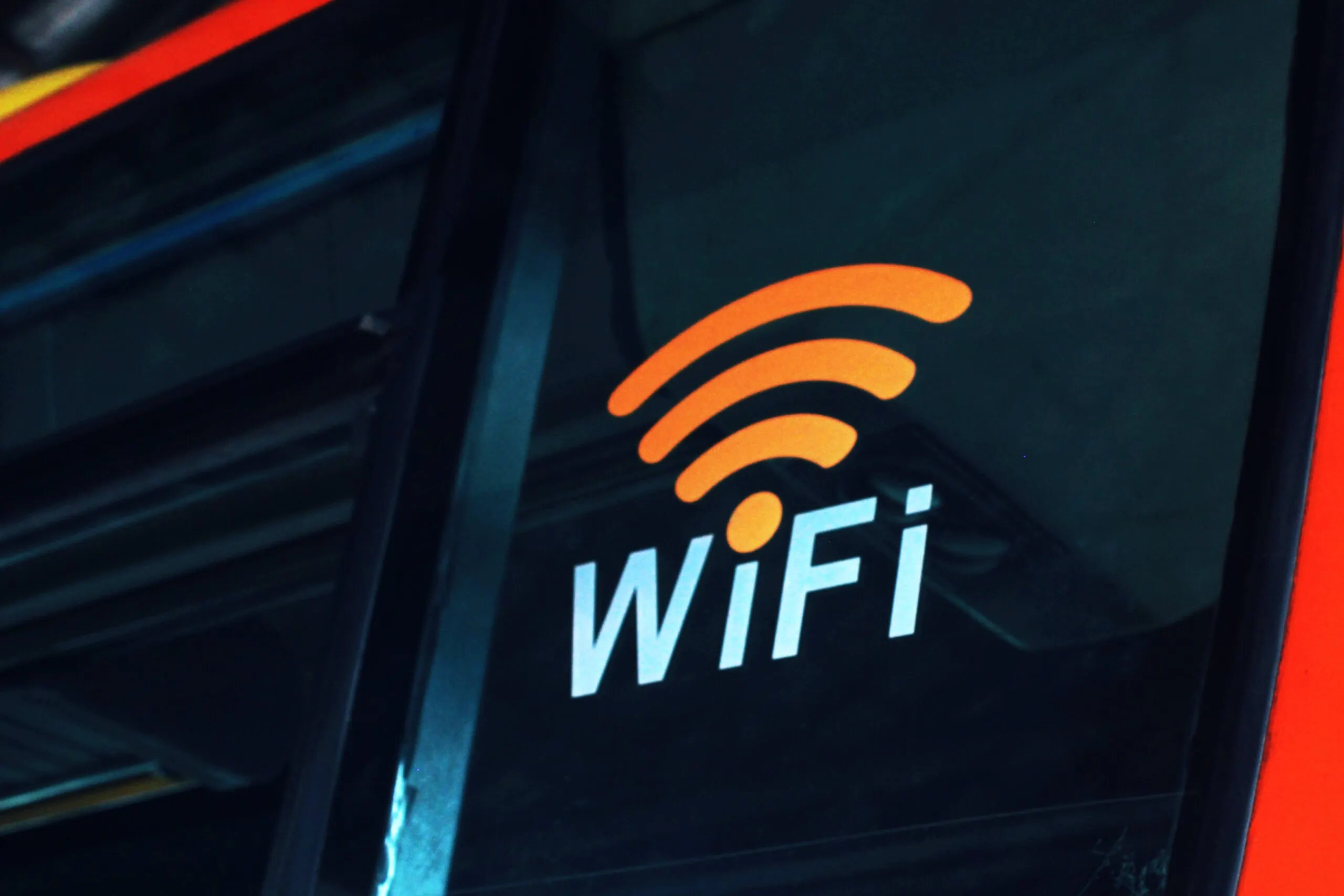Introduction: Can Ransomware Spread Through WiFi?
Can Ransomware Spread Through WiFi? Ransomware has become a growing concern in today’s digital age. With cyber threats lurking around every corner, it’s important to understand the potential risks associated with our internet-connected devices. One question that often arises is whether ransomware can spread through WiFi networks. In this blog post, we will explore this topic and shed light on the possibilities and precautions you should take to protect yourself and your devices.
Ransomware, a type of malicious software, is designed to encrypt files on a victim’s device and hold them hostage until a ransom is paid. It typically spreads through various channels, such as email attachments or infected websites. However, the question remains: can ransomware infiltrate our devices through WiFi connections?
To answer this, we need to understand how ransomware operates and how it can exploit vulnerabilities in our networks. By examining the potential risks and the measures we can take to mitigate them, we can ensure a safer digital environment for ourselves and our devices. So, let’s dive into the world of ransomware and WiFi networks to uncover the truth behind this pressing question.

Understanding Ransomware: A Growing Cyber Threat
Ransomware has become a significant concern in today’s digital landscape. This malicious software is designed to encrypt files and hold them hostage until a ransom is paid, making it a growing cyber threat. Understanding how ransomware works is crucial in protecting yourself and your data from falling victim to this dangerous cybercrime.
Ransomware typically enters a computer system through phishing emails or malicious downloads. Once it infiltrates the system, it encrypts files, making them inaccessible to the user. The cybercriminal then demands a ransom, usually in the form of cryptocurrency, in exchange for the decryption key. This form of extortion has become increasingly prevalent, affecting individuals, businesses, and even government institutions. To protect yourself, it is essential to back up your files regularly and keep your operating system and antivirus software up to date. Additionally, be cautious when opening email attachments or clicking on suspicious links. If you do fall victim to ransomware, it is crucial not to pay the ransom, as there is no guarantee that the cybercriminal will provide the decryption key. Instead, seek professional assistance to mitigate the damage and restore your files.

Can Ransomware Spread Through WiFi? Unveiling the Potential Risks
Ransomware, a malicious software that encrypts files and demands a ransom for their release, is a growing concern in today’s digital world. While most people are aware of the risks associated with downloading suspicious files or visiting malicious websites, a lesser-known threat lies in the seemingly harmless WiFi networks we connect to every day. But can ransomware really spread through WiFi? Let’s delve into the potential risks and find out.
The answer is both yes and no. Ransomware itself does not directly spread through WiFi networks. However, cybercriminals can exploit vulnerabilities in network security to gain unauthorized access to devices connected to the same network. Once inside, they can deploy ransomware onto these devices, potentially spreading the infection to other connected devices. This means that if one device on a WiFi network becomes infected with ransomware, other devices on the same network could be at risk. Therefore, it is crucial to secure your WiFi network and take necessary precautions to minimize the chances of falling victim to a ransomware attack.

WiFi Security Best Practices: Protecting Your Network from Ransomware
WiFi security is crucial in today’s digital world to protect your network from ransomware attacks. Ransomware is a type of malicious software that encrypts your data and holds it hostage until a ransom is paid. To ensure the safety of your network, follow these best practices:
1. Keep your WiFi network password strong and unique. Avoid using common passwords or personal information that can be easily guessed. Instead, use a combination of upper and lowercase letters, numbers, and special characters.
2. Regularly update your WiFi router’s firmware. Manufacturers often release security patches and updates to address vulnerabilities. By keeping your router up to date, you can prevent potential security breaches.
3. Enable network encryption, such as WPA2 (Wi-Fi Protected Access 2), to secure your WiFi network. Encryption scrambles the data transmitted between devices, making it difficult for hackers to intercept and decipher.
4. Change the default username and password of your WiFi router. Hackers often know the default credentials of popular router models, so it’s essential to set a unique username and a strong password to prevent unauthorized access.
5. Disable remote management of your router. This feature allows you to access your router’s settings from anywhere, but it also provides an entry point for hackers. Disabling remote management ensures that only devices connected to your network can manage the router.
6. Regularly update your devices’ operating systems and applications. These updates often include security patches that protect against the latest threats. Set your devices to automatically install updates to stay protected.
By following these WiFi security best practices, you can safeguard your network from ransomware attacks and protect your sensitive data. Remember to stay vigilant and educate yourself about the latest security threats to stay one step ahead of cybercriminals.

WiFi Encryption: Strengthening Your Network’s Defense Against Ransomware
WiFi encryption is a crucial aspect of securing your network against ransomware attacks. With the increasing prevalence of cyber threats, it is essential to take proactive measures to protect your sensitive data. By encrypting your WiFi network, you add an extra layer of defense that makes it significantly harder for hackers to gain unauthorized access.
Using encryption protocols such as WPA2 (Wi-Fi Protected Access II) or WPA3, you can ensure that the data transmitted between your devices and the WiFi router is securely encrypted. This means that even if a hacker manages to intercept the data, they won’t be able to decipher it without the encryption key. By implementing strong WiFi encryption, you minimize the risk of ransomware attacks and safeguard your network from potential breaches.

The Importance of Regular WiFi Network Audits in Ransomware Prevention
In our increasingly connected world, where technology reigns supreme, the security of our WiFi networks has become paramount. Ransomware attacks, which hold our data hostage until a ransom is paid, are on the rise. That’s why regular WiFi network audits are crucial in preventing these malicious attacks.
When it comes to ransomware prevention, knowledge is power. Conducting periodic audits of your WiFi network allows you to identify any vulnerabilities that hackers may exploit. By examining your network’s security protocols, encryption methods, and access controls, you can ensure that your network is robust enough to withstand potential threats. Regular audits also help you stay updated with the latest security standards and patches, keeping your WiFi network up to date and secure. Moreover, these audits allow you to assess the effectiveness of your security measures and implement any necessary improvements. By addressing weak points promptly, you can minimize the risk of falling victim to ransomware attacks.

Staying Ahead of the Game: Future-proofing Your WiFi Network Against Ransomware Threats
In today’s digital age, the importance of a secure and reliable WiFi network cannot be overstated. With the rise of ransomware threats, it is crucial to stay ahead of the game and protect your network from potential attacks. By implementing a few key strategies, you can future-proof your WiFi network and ensure the safety of your data. One of the first steps to safeguard your WiFi network is to regularly update your router’s firmware. Manufacturers often release firmware updates to address security vulnerabilities and improve performance. By keeping your router up to date, you can stay one step ahead of cybercriminals who exploit outdated software.
Another essential measure is to use strong and unique passwords for your WiFi network. Avoid using default or easily guessable passwords, as they can be easily cracked by hackers. Instead, create a complex password that includes a combination of letters, numbers, and symbols. Additionally, consider enabling two-factor authentication for an extra layer of security. Regularly backing up your data is also crucial in protecting your network against ransomware threats. In the event of an attack, having recent backups will allow you to restore your data without paying a ransom. Make sure to store backups on an external device or in the cloud, away from your network. Furthermore, consider implementing network segmentation, which involves dividing your network into separate zones. This can help contain the spread of malware in case of a breach. By isolating critical systems and limiting access to sensitive data, you can minimize the potential damage caused by ransomware attacks.

Conclusion: Can Ransomware Spread Through WiFi?
In conclusion, the question of whether ransomware can spread through WiFi has been thoroughly examined. Our analysis reveals that while ransomware typically spreads through email attachments, malicious websites, or infected USB drives, it is indeed possible for ransomware to infiltrate devices connected to WiFi networks.
By exploiting vulnerabilities in network security protocols, cybercriminals can gain unauthorized access to WiFi-connected devices, paving the way for ransomware to spread. This emphasizes the importance of implementing strong security measures, such as using complex passwords, regularly updating software, and enabling firewalls, to minimize the risk of ransomware attacks.
While it is crucial to remain vigilant and take necessary precautions, it is important to note that not all WiFi networks are equally vulnerable. Home networks, for instance, are generally more secure compared to public WiFi networks found in cafes or airports. Nonetheless, it is essential for both individuals and organizations to stay informed about the latest security practices and invest in robust cybersecurity solutions to protect against the ever-evolving threat of ransomware.






